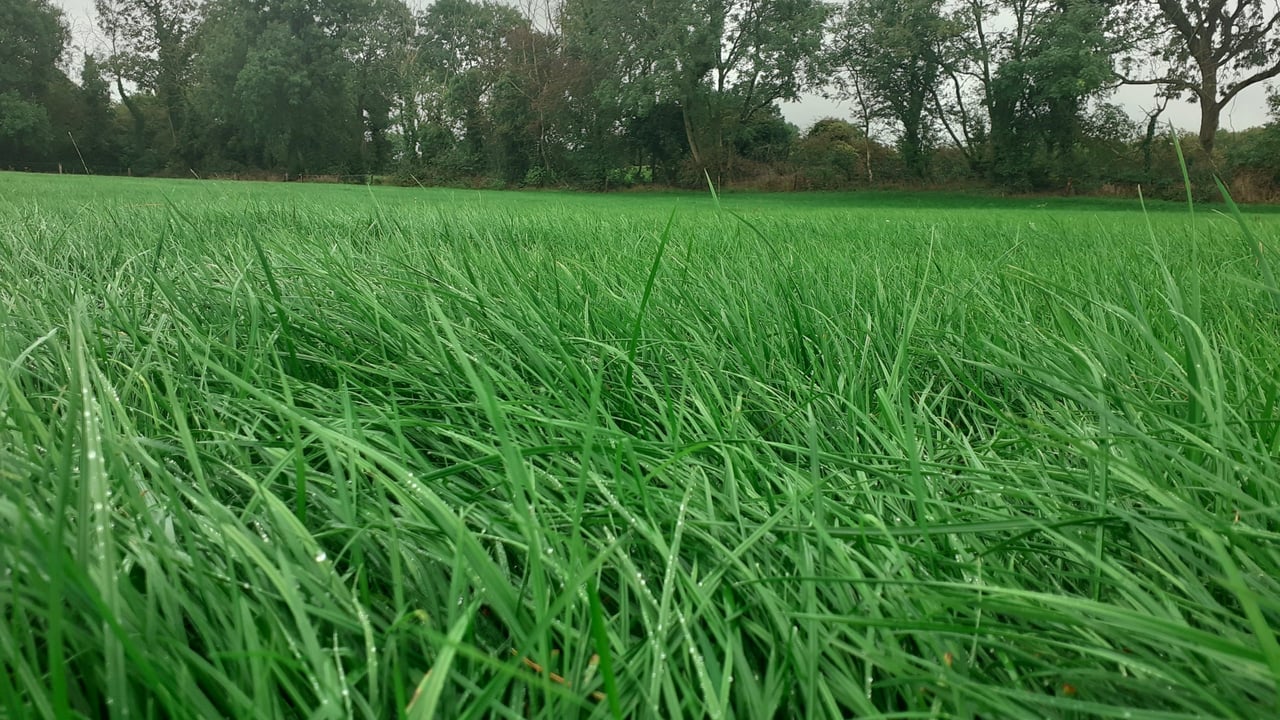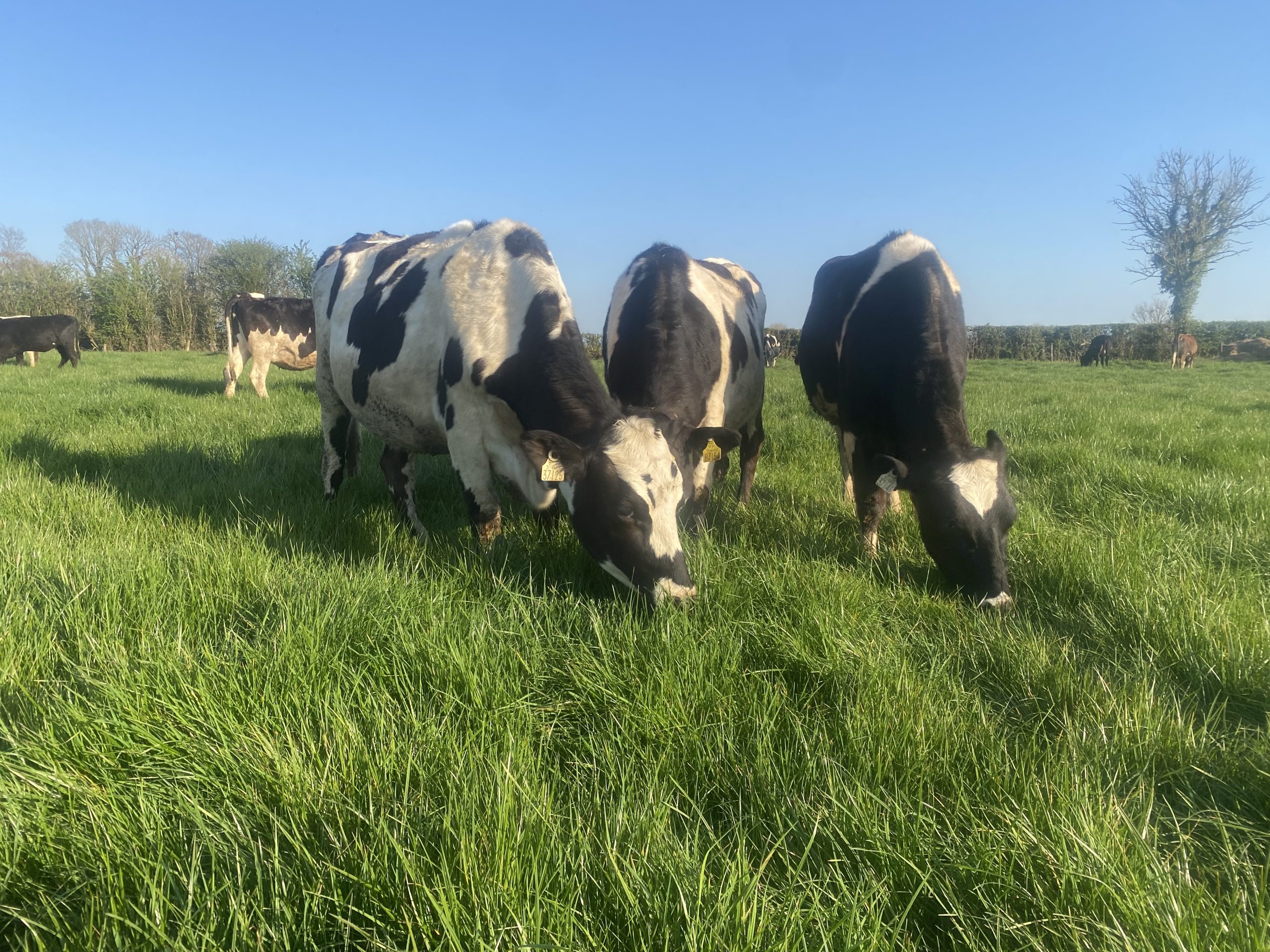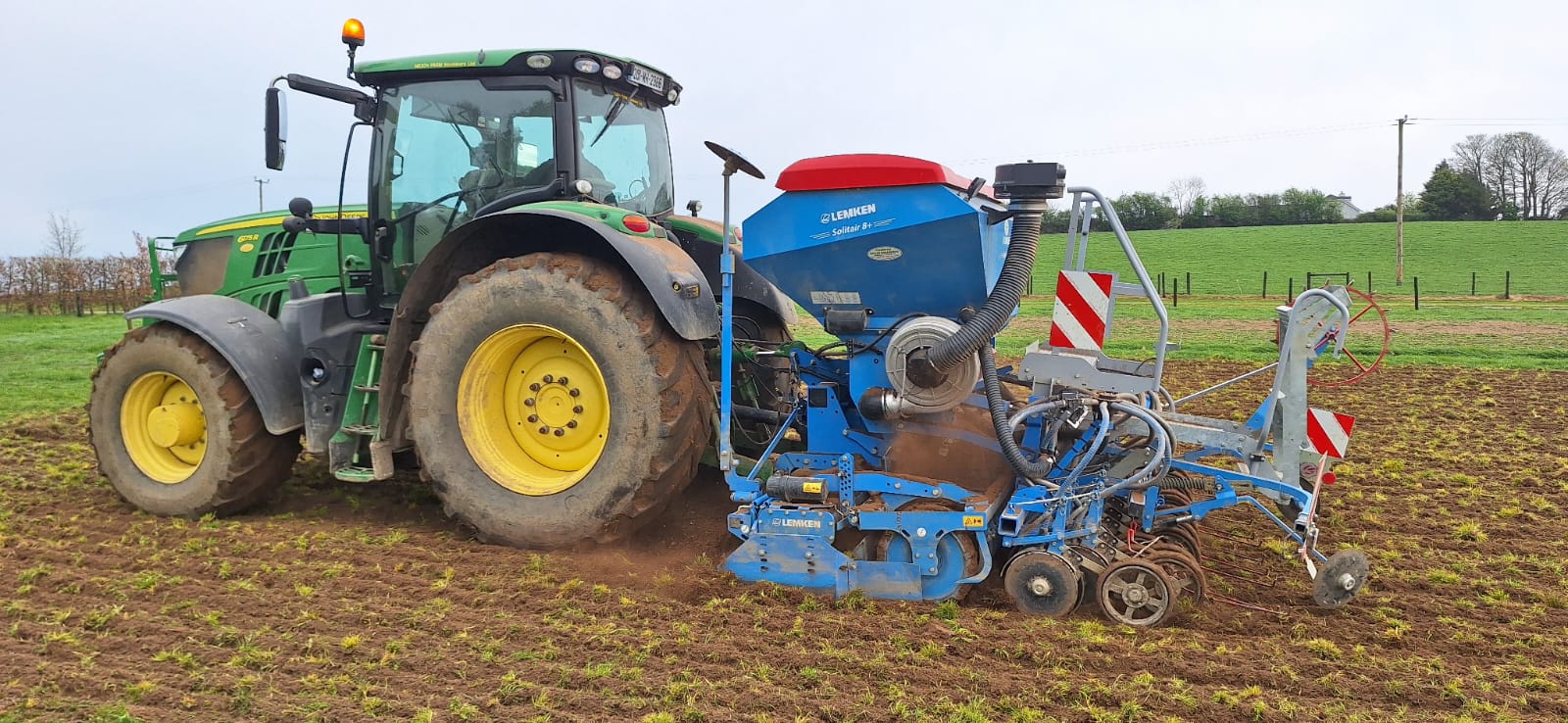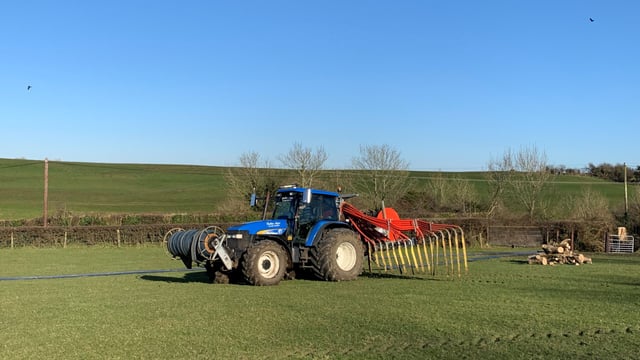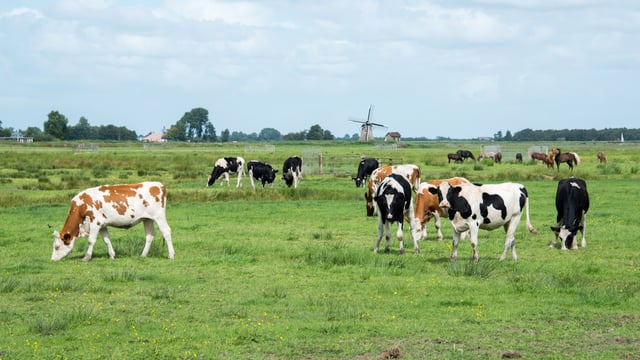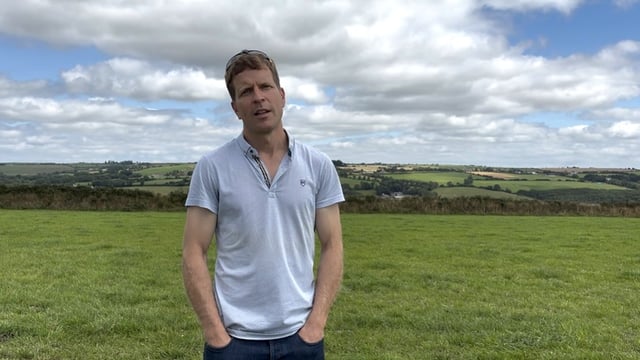Sponsored Article
New data shows the value of autumn reseeding
Sponsored Article

Autumn reseeding offers Irish farmers a valuable opportunity to rejuvenate pasture productivity, improve sward quality, and ultimately increase profitability.
While spring reseeding is more common, the autumn window - typically from late July to early September - can provide ideal conditions if carefully managed.
Why consider autumn reseeding?
- Faster grass establishment
Autumn reseeding benefits from warmer soil temperatures and typically more consistent rainfall, helping seeds germinate and establish quickly. - Weed and pest control advantages
Lower weed pressure and less competition from aggressive annual species make it easier to establish a clean sward. - Improved spring growth
Fields reseeded in autumn are ready for grazing early in spring, supporting early turnout, and reducing dependency on silage and concentrates.
On-farm research shows timing is critical
However, farmers should not leave autumn reseeding run too late into September as declining temperatures and reduced daylight hours can hamper grass establishment and have knock-on negative effects on grass production the following spring.
New data from on-farm trials carried out by DLF and their grass partners shows how later autumn reseeding can have a knock-on effect on sward and animal performance the following spring.
As part of the trial, four new reseeds were sown across counties Kerry, Meath, Offaly, and Waterford.
The reseeds in counties Kerry and Meath were carried out on August 11 and September 1, respectively, while seed was drilled on September 14-18 in counties Offaly and Waterford.
The graph below shows the total yield of grass grown on each farm during the first two rotations the following spring.
Although there was only two weeks between the early and later sowing dates, there was a significant yield penalty (+1t DM/ha) in spring following the later September sowings.
This extra tonne of grass is not insignificant as it comes at a time when grass demand and grass quality are high. Teagasc estimates this tonne to be worth in the region of €250/ha.
Weather and ground conditions can deteriorate rapidly from September, and having your seed sown in August gives a better chance of successful germination.
More importantly, it allows time to carry out the jobs critical to strong establishment like applying post-emergence herbicide and that crucial first grazing to thicken up the sward.
If you are planning on reseeding this autumn, then do not delay – it could save you a tonne of money!
Choose the right seed mix from DLF
Reseeding can be an expensive investment so it is important to complete the job using the best grass varieties for your system.
The first consideration when choosing a grass seed mix is the primary use of the field being reseeded – grazing, cutting or a combination of both?
For a cutting mixture, farmers should be selecting high-producing varieties with a mixture of intermediate and late heading dates.
A balanced combination of tetraploids for yield and quality with diploids for sward density and persistence under intensive cutting management is ideal.
If grazing is the main use, then farmers should be selecting grass varieties with the best grass utilisation and quality figures on the Pasture Profit Index.
This means a mixture predominantly made up of tetraploid varieties like Nashota, Xenon, and Vast that produce a leafy sward with the cleanest grazeout for easy management.
A grass mix like the all new Kiwi Grazer or the tried and tested 4N Grazer from DLF are grazing mixtures with the highest tetraploid content designed to produce the highest quality swards to maximise grass utilisation.
If you need any advice on selecting the best grass mixture for your farm, then contact DLF’s expert agronomy team today.
Sponsored Article


